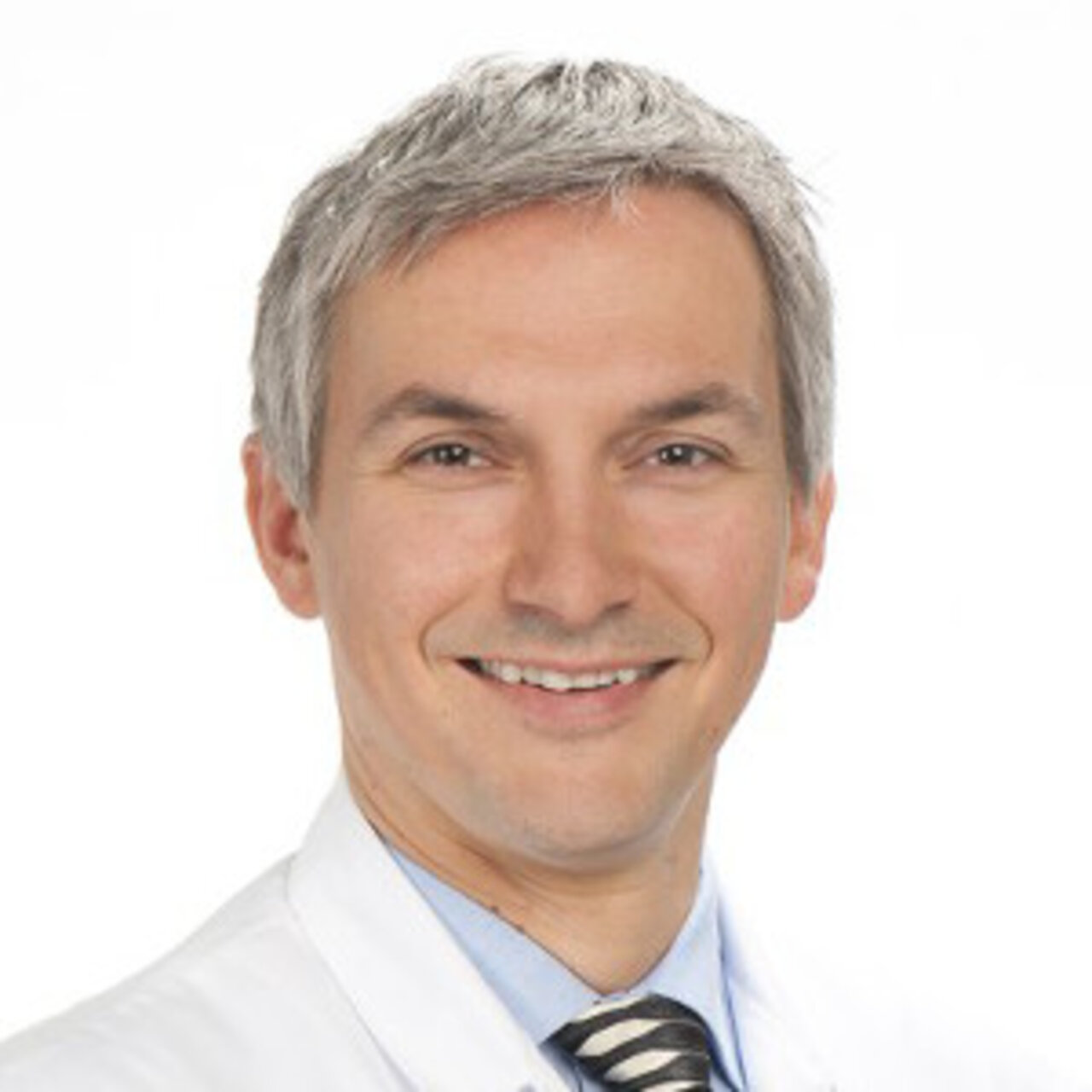Specialists in Ultrasonography
3 Specialists found
Information About the Field of Ultrasonography
What is sonography?
An ultrasound examination, also referred to as sonography in technical terms, is a non-invasive form of medical imaging.
Ultrasound waves were originally utilized as part of military actions. It made it possible to spot and destroy enemy submarines. Later on, ultrasound waves were used to reveal defects in materials. Even bats use ultrasound to navigate their environment.
Around 1940, sonography was used in medicine for the first time.
Ultrasound is a type of acoustic wave that exceeds the range of human hearing (>20,000 Hertz). Sound waves always need a medium in which they propagate. If they hit another medium, they will be deflected or reflected in their propagation. Medicine makes use of this property. A so-called piezo crystal emits sound waves in pulses, which are then reflected in our body at interfaces between tissues with different densities (water, bone, etc.). The returning ultrasonic waves are detected by the piezo crystals. After the information has been converted into electrical data, the doctor examining the patient can see a black and white ultrasound image (sonogram) on the monitor.
The sound waves are scattered and reflected to varying degrees depending on the tissue. As a result, each type of tissue produces a different image on the monitor (echogenicity). Media with good conductivity, like water, are dark (low echo) as they have low reflectivity. Poorly conducting and therefore highly reflective media such as bone are seen white (high echo).
In order to penetrate deeper body areas, lower sound frequencies are required, although this also leads to a lower resolution (less detail) of the sonograms. Therefore, different transducers (resting on the body and containing the piezo crystals) have been designed for different organs.
What are the areas of application for sonography?
There are different types of sonography.
The most common application is surely the ultrasound examination from the outside. In this case, the transducer is placed on the skin. This enables organs such as the kidneys, blocked ureters, liver, spleen, gall bladder, various blood vessels, thyroid gland, lymph nodes, testicles, muscles and tendons to be assessed.
However, the ultrasound probes can also be inserted into the body. In this way, organs that are surrounded by highly reflective bone (which does not allow ultrasound waves to pass through) can be examined more easily. Especially genital organs such as the ovaries, uterus and prostate, but also the oesophagus, stomach and heart can be examined in greater detail in this way.
The potential findings of sonography range from tissue changes, tumors and blood flow in organs to inflammation, muscle changes and tendon ruptures.
Sonography can also be used for the visual display of organs during minor interventions (punctures of lung/abdominal fluid, ultrasound-guided tissue removal/biopsies, etc.).
But sonography also has its limitations. All parts of the body that are covered by bone, such as the brain, lungs and bone marrow, are not visible with this method. It is equally difficult with air, so abdominal sonography (ultrasound examination of the abdomen) is very difficult or not possible with flatulence.
What is the treatment procedure?
An ultrasound examination usually forms part of the diagnostic process. The doctor will first interview you, depending on your symptoms, to determine the duration and intensity of your symptoms as well as your previous medical history. After an initial suspected diagnosis, the doctor will carry out a physical examination, which can confirm the suspicion or suggest another cause. Sometimes, however, this information is not sufficient for a definitive diagnosis and imaging procedures are required to identify what is causing the symptoms. This examination can be carried out by the attending physician or by a specialist, depending on experience.
There is no preparation necessary for the non-invasive ultrasound examination. You should, however, refrain from eating a few hours before an ultrasound examination of the abdominal area, as bowel movement and gases can make sonography much more difficult.
Before placing the transducer on the skin, it is covered with a cold, water-based gel to prevent interference due to air between the transducer and the skin.
More specific variants of sonography with contrast medium, Doppler sonography to check blood flow in blood vessels, 3D sonography or invasive sonography-based treatments might require more preparation time or take a little longer to make sure that no abnormal findings are missed.
You can follow what is happening on the screen during the sonography. We will briefly explain to you what you can see. Important findings can also be measured and printed out. Following the examination, a brief report will be written to communicate the relevant facts to the doctor.
What are the effects and limitations of sonography?
Above all, sonography is a fast, painless, harmless and inexpensive method.
Close to the surface, it provides the best resolution of all medical imaging techniques. But the deeper you go, the worse the spatial resolution becomes. This is where computed tomography (CT) and magnetic resonance imaging (MRI) yield better results. Nevertheless, it is not always necessary to have a high resolution for diagnosis to be efficient.
Ultrasound examinations also provide unique possibilities. Doppler sonography, for example, remains the only method of visualizing and measuring blood flow in the human body.
Unlike other imaging techniques, significantly smaller amounts of contrast medium are required, which reduces the rate of side effects considerably (especially allergic reactions).
In contrast to CT or MRI, ultrasound imaging depends on the skills of the examiner. Since there is no standardized training for it, the limits of the possibilities are defined by the qualification of the examining physician.
Sources:
- www.medizin-mit-durchblick.de
- Delorme, Stefan; Debus, Jürgen (2005): Sonographie. 105 Tabellen. 2., vollst. überarb. und erw. Aufl. Stuttgart: Thieme (Duale Reihe).
- Lutz, Harald (2007): Ultraschallfibel Innere Medizin. 3., vollständig überarbeitete und erw. Aufl. Berlin: Springer.
- Reiser, Maximilian; Kuhn, Fritz-Peter; Debus, Jürgen (2011): Radiologie. 3., vollst. überarb. u. erw. Aufl. Stuttgart: Thieme (Duale Reihe)


